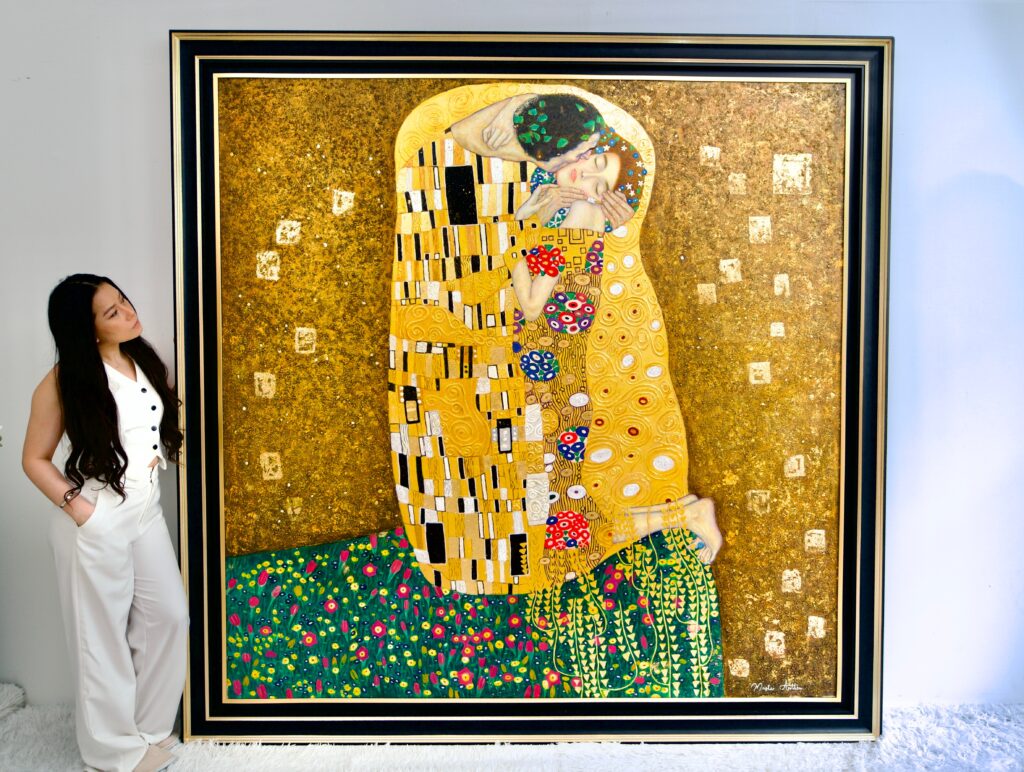Your cart is currently empty!
Celebrate 5 Years of Master Apollon with 15% OFF! 🎉code: MASTER
Description
Experience the timeless beauty and artistic elegance of Joaquín Sorolla García in white – Sorolla. This renowned masterpiece has stood the test of time, captivating art lovers and collectors alike. Crafted with the utmost precision and attention to detail, this oil painting reproduction faithfully captures the essence of the original artwork.
Every brushstroke and color is meticulously recreated, ensuring that you feel the same emotions and sensations as if you were standing in front of the original painting itself. The vibrant colors and dynamic composition of this piece will fill any room with a sense of joy and wonder, creating a unique and memorable atmosphere.
Imagine the impact of this captivating piece adorning the walls of your living room, bedroom, or office. Its presence will make a statement, adding a touch of sophistication and charm to your surroundings. The highest quality materials and expert craftsmanship used in its creation make this reproduction a true work of art, a testament to the skill and talent of Joaquín Sorolla García.
Owning this reproduction is a rare opportunity to bring a piece of Sorolla’s legacy into your home. It enriches your space with depth and context, evoking emotions and inspiring creativity. Let this exceptional piece transport you to a world of artistic wonder, leaving a lasting impression on all who behold it. Indulge in the beauty of Joaquín Sorolla García in white – Sorolla and elevate your surroundings with its undeniable allure.
Similar paintings
-
After the Bath, Valencia – Sorolla
$650.00 – $3,300.00 -
Ambassadors’ Hall, Alhambra, Granada – Sorolla
$650.00 – $3,600.00 -
And besides, they say that fish is expensive! – Sorolla
$650.00 – $3,600.00 -
Another Daisy – Sorolla
$650.00 – $3,600.00 -
Beach in Valencia – Sorolla
$750.00 – $3,600.00

Master Apollon: The Art of Authentic Reproduction
With Master Apollon, rediscover the emotion of the great masterpieces through hand-painted reproductions crafted by real artists. Each canvas is created using premium quality oil paint, carefully applied to capture every detail, every nuance, and every brushstroke of the original. Our passionate and skilled artists work with the precision of master craftsmen to deliver an extraordinary result—worthy of the world’s finest museums.
- 100% Hand-Painted by Professional Artists
- Premium Oil Paint for Rich Texture and Vibrant Colors
- Exceptional Fidelity to the Original Masterpieces
- A High-End Alternative to Mass-Produced Reproductions
Frequently Asked Questions
Why choose Master Apollon over a standard reproduction?
95% of reproductions on the market are cheap copies, often mass-produced in China using low-grade materials. At Master Apollon, every artwork is hand-painted by real artists using premium oil paint. The result? An exceptional finish that stays true to the original, with rich texture and vibrant colors worthy of the great masters.
How are your reproductions made?
Our reproductions are hand-painted by talented and experienced artists. We exclusively use high-quality oil paint and durable canvases to ensure unmatched detail and depth. Each artwork is a unique creation, designed to capture the essence of the original masterpiece.
Can I order a custom reproduction?
Yes! At Master Apollon, we offer custom reproductions. Choose your favorite masterpiece from the classic works, and our artists will recreate it for you. Contact us through our form to discuss your needs and receive a personalized quote.
What are the delivery times and options?
The creation time varies depending on the complexity of the artwork (usually 2 to 4 weeks). Once completed, your reproduction is carefully packaged and shipped promptly worldwide. We will keep you informed at every step to ensure a stress-free experience.
“Say goodbye to cheap reproductions and let Master Apollon bring you excellence. Contact us today to start your artistic journey.”





